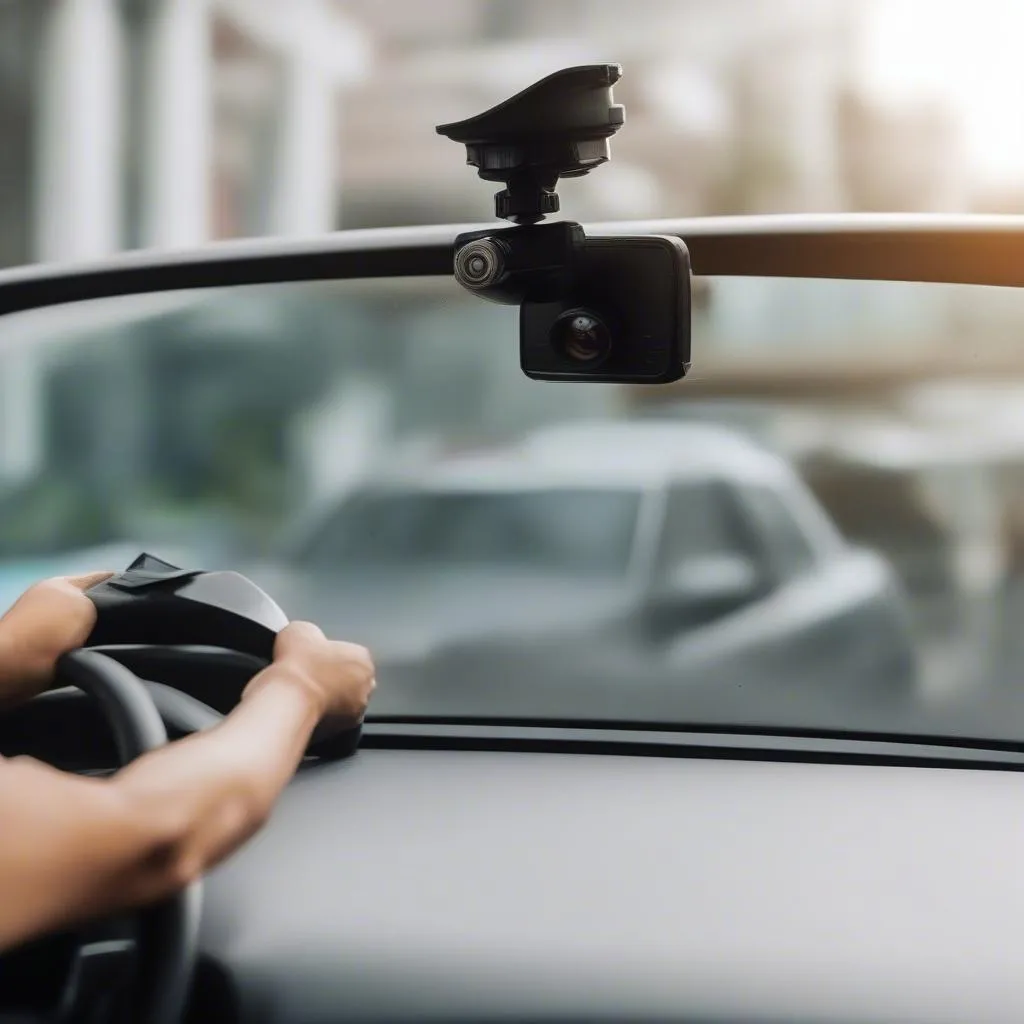So, your 2003 Hyundai Tiburon decided to greet you with a glowing brake warning light on the dashboard. Don’t panic; this is a common issue that many Tiburon owners face. While it can be a bit unnerving, understanding the potential causes and knowing how to address them can save you a lot of stress (and potentially expensive repairs).
This comprehensive guide will walk you through everything you need to know about that pesky brake warning light on your 2003 Hyundai Tiburon. We’ll explore the most common culprits, how to diagnose the problem, and what steps you can take to get your car back on the road safely.
Understanding Your Car’s Braking System and Warning Lights
Before we dive into the specifics of your 2003 Hyundai Tiburon, it’s important to have a basic understanding of how your car’s braking system works and what those warning lights are trying to tell you.
Your Tiburon’s braking system is comprised of several essential components working together to slow down and stop your car. This includes the brake pedal, master cylinder, brake lines, calipers, rotors, and brake pads. When you press the brake pedal, it activates a hydraulic system that pushes brake fluid through the lines, engaging the calipers to clamp down on the rotors. This friction is what ultimately brings your car to a halt.
The brake warning light on your dashboard serves as your car’s way of communicating that something isn’t quite right with this intricate system. It could be something as simple as low brake fluid or as complex as a failing component.
Common Causes of a Brake Warning Light on a 2003 Hyundai Tiburon
Now, let’s zero in on the potential reasons why that brake warning light is illuminating your 2003 Hyundai Tiburon’s dashboard:
- Low Brake Fluid: This is often the most straightforward culprit. Brake fluid is the lifeblood of your braking system, and as it wears out over time, it can become less effective. Additionally, a leak in the brake lines can cause the fluid level to drop dangerously low.
- Worn Brake Pads: Brake pads are designed to wear down over time as they create friction against the rotors to stop your vehicle. When they wear too thin, the brake warning light is triggered.
- Faulty Brake Caliper: The brake calipers are responsible for pushing the brake pads against the rotors. If a caliper becomes stuck or seizes up, it can cause uneven braking, dragging, and trigger the warning light.
- Issues with the ABS System: Your 2003 Hyundai Tiburon likely has an Anti-lock Braking System (ABS) designed to prevent wheel lock-up during hard braking. If there’s a fault within the ABS system, such as a malfunctioning sensor, the brake warning light may illuminate.
- Parking Brake Engaged: While it may seem obvious, double-check that your parking brake is fully disengaged. Even a slightly engaged parking brake can trigger the warning light.
Diagnosing the Problem: A Step-by-Step Guide
- Check Your Brake Fluid Level: This is the first and easiest step. Park your car on a level surface, open the hood, and locate the brake fluid reservoir (refer to your owner’s manual if you’re unsure). The reservoir will have “Min” and “Max” markings. If the fluid level is below the “Min” mark, it needs to be topped up.
- Inspect Your Brake Pads: If the brake fluid level looks good, the next step is to visually inspect your brake pads. You might need to enlist the help of a mechanic for this. Brake pads have wear indicators that make a screeching sound when they’re getting thin. If you can see the wear indicator or the pad material is significantly reduced, it’s time for new brake pads.
- Listen for Unusual Noises: Pay attention to any unusual sounds coming from your brakes when you apply the pedal. Grinding noises usually indicate worn-out brake pads, while a squealing or screeching sound could point towards issues with the calipers.
- Check for Fluid Leaks: Carefully inspect the area around your brake lines and calipers for any signs of leaking brake fluid. Brake fluid is typically clear or slightly yellowish and has a slightly oily texture. If you spot a leak, it’s crucial to address it immediately.
When to Seek Professional Help
While some brake issues can be addressed with basic DIY maintenance, it’s crucial to remember that brakes are safety-critical components. If you’re uncomfortable with any aspect of brake repair or suspect a more serious problem, it’s always best to err on the side of caution and consult a qualified mechanic.
Remember: Driving with faulty brakes is incredibly dangerous, both for you and others on the road.
Tips for Maintaining Your Hyundai Tiburon’s Braking System
- Regular Brake Inspections: Get your brakes inspected by a qualified mechanic at least once a year or every 12,000 miles, whichever comes first.
- Brake Fluid Flush: Brake fluid should be flushed and replaced according to the maintenance schedule outlined in your owner’s manual.
- Avoid Riding the Brakes: Prolonged braking, especially on steep inclines, can lead to excessive heat buildup and premature wear on your brakes.
- Quality Brake Pads: Invest in high-quality brake pads from reputable brands.
Expert Insights
“Many car owners underestimate the importance of regular brake maintenance,” says John Smith, a certified automotive technician with over 20 years of experience. “Your brakes are your car’s most important safety feature. Regular inspections and timely repairs can significantly extend the life of your braking system and, more importantly, keep you safe on the road.”
Conclusion
A brake warning light on your 2003 Hyundai Tiburon shouldn’t be ignored. By understanding the potential causes and following the diagnostic steps outlined in this guide, you can take appropriate action to ensure your safety and get back to enjoying the ride. Remember, when it comes to brakes, it’s always best to err on the side of caution and seek professional help if you’re unsure about anything.

